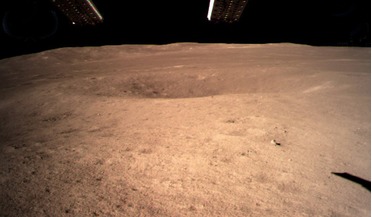 03 January 2019
Chinese goddess lands on far side of the Moon
03 January 2019
Chinese goddess lands on far side of the Moon
... surface that appears to be illuminated by a light from the probe. The China National Space Administration (CNSA) landed its robotic probe Chang’e 4 in the unexplored South Pole-Aitken basin. It is thought to be the largest, oldest and deepest crater...
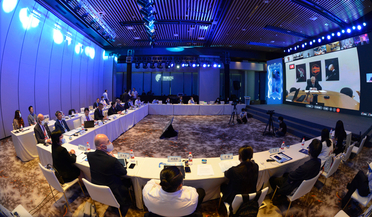 30 September 2021
China, Russia to present lunar station declaration at IAC in Dubai
30 September 2021
China, Russia to present lunar station declaration at IAC in Dubai
... and the China National Space Administration will present a declaration regarding a future International Lunar Research Station at the International Astronautical Congress in Dubai, Roscosmos said in a news release on Monday. Roscosmos and CNSA...
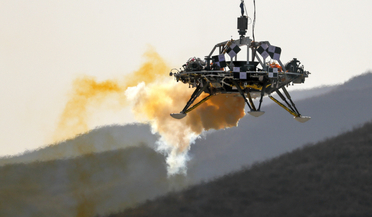 15 November 2019
First public test of Mars lander for China ahead of 2020 launch
15 November 2019
First public test of Mars lander for China ahead of 2020 launch
... including Wu Yanhua, vice administrator of China National Space Administration and Zhang Kejian, the administrator of China National Space Administration. During his welcome speech, Zhang said that the exploration for the vast cosmos is a shared...
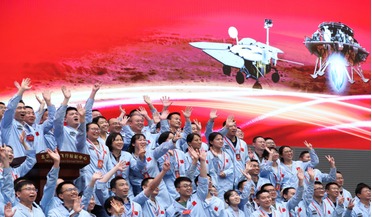 17 May 2021
China's Zhurong rover touches down on Mars
17 May 2021
China's Zhurong rover touches down on Mars
... its pre-selected landing area in the southern part of Utopia Planitia, a vast plain on the northern hemisphere of Mars, at 7:18 am (Beijing Time), the China National Space Administration (CNSA) announced. However CNSA have yet to release any images...
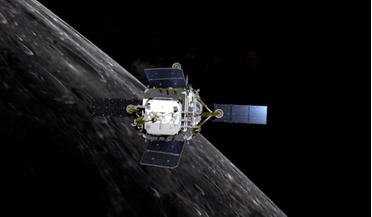 30 November 2020
Chang'e 5 separates from spacecraft, prepares for a lunar soft landing
30 November 2020
Chang'e 5 separates from spacecraft, prepares for a lunar soft landing
...a.m. Monday (Beijing Time), according to the China National Space Administration (CNSA). Launched on 24 November, Chang'e-5 is one of the most complicated and challenging missions in China's aerospace history, as well as the world's first moon-sample...
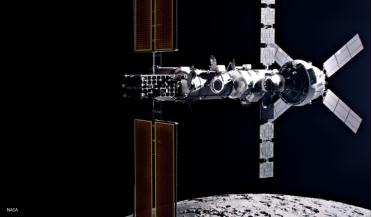 April 2025
Racing to the Moon
April 2025
Racing to the Moon
... led by Roscosmos and the China National Space Administration (CNSA). Senegal was the most recent signatory to the agreement on cooperation on the research station in September 2024, taking the number of participating nations to 13. There are also...